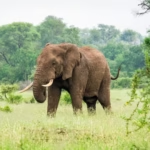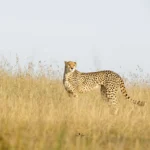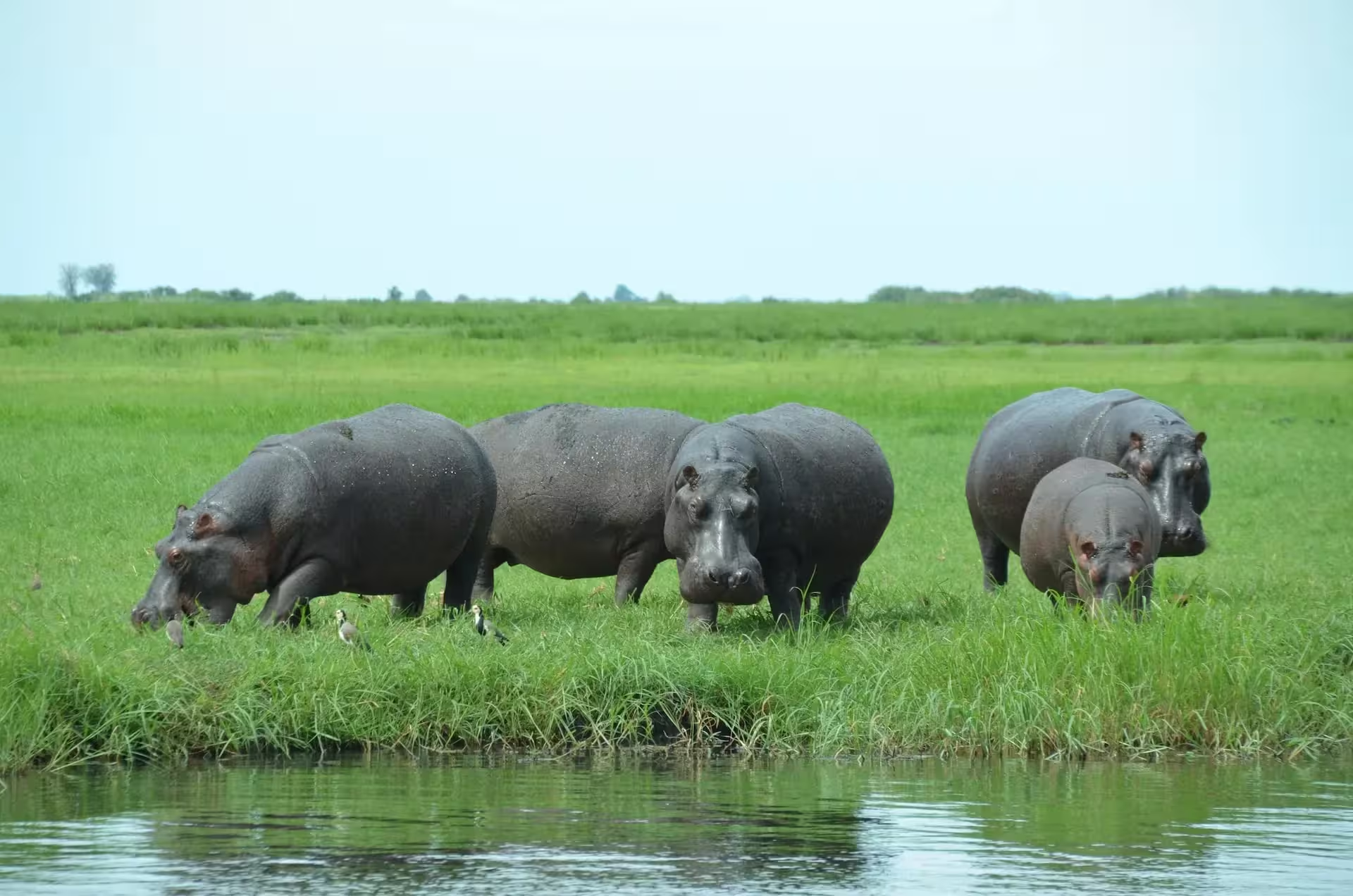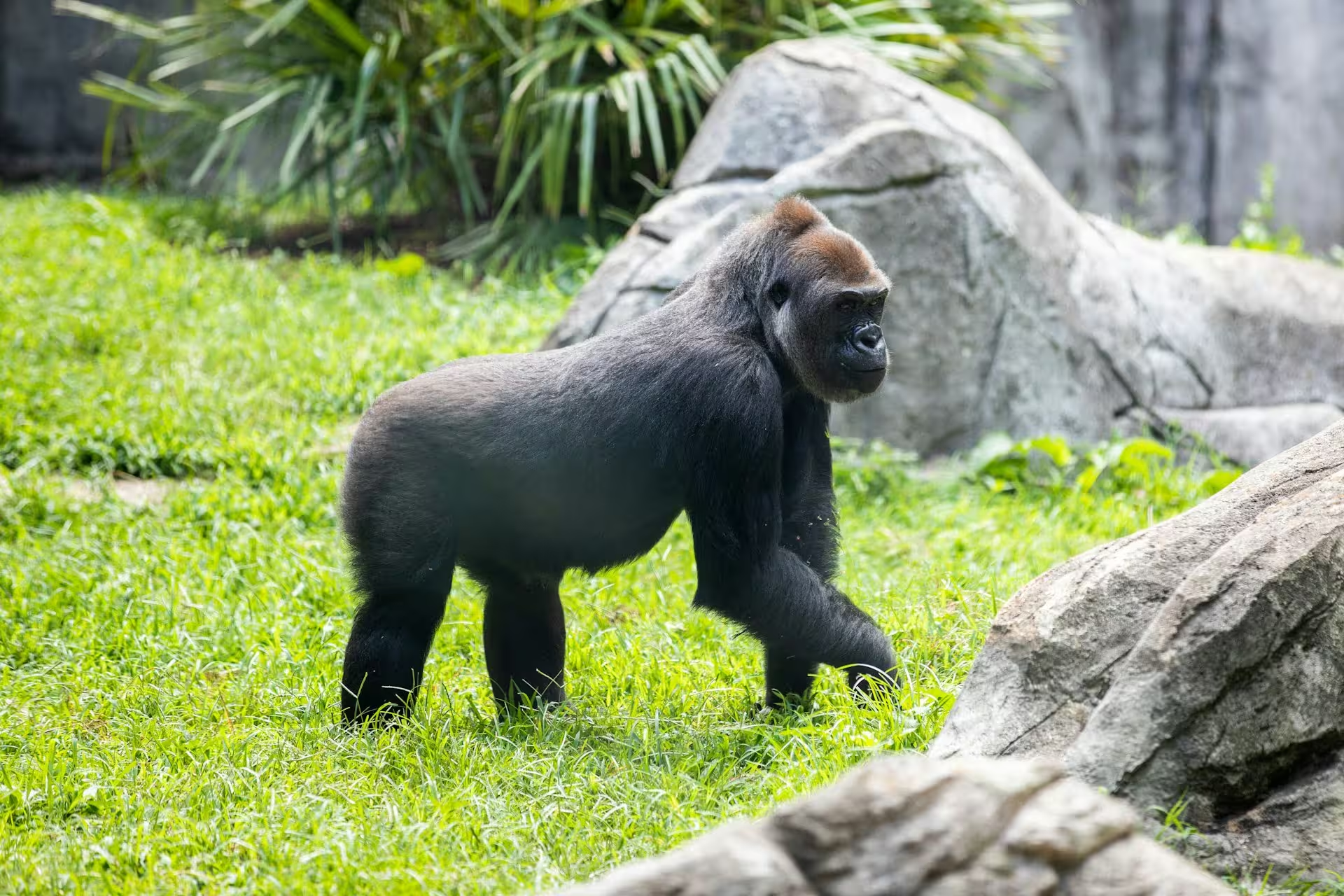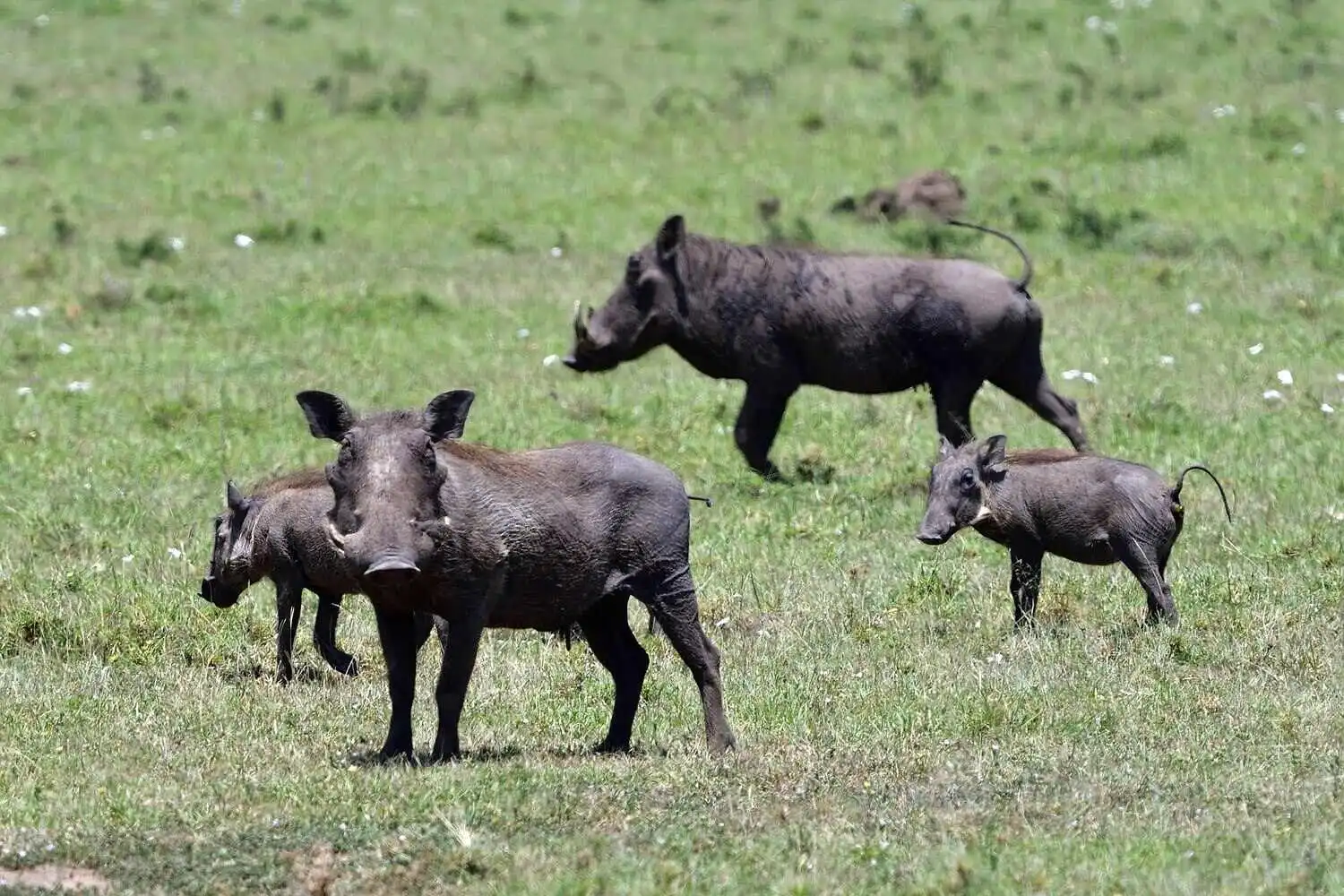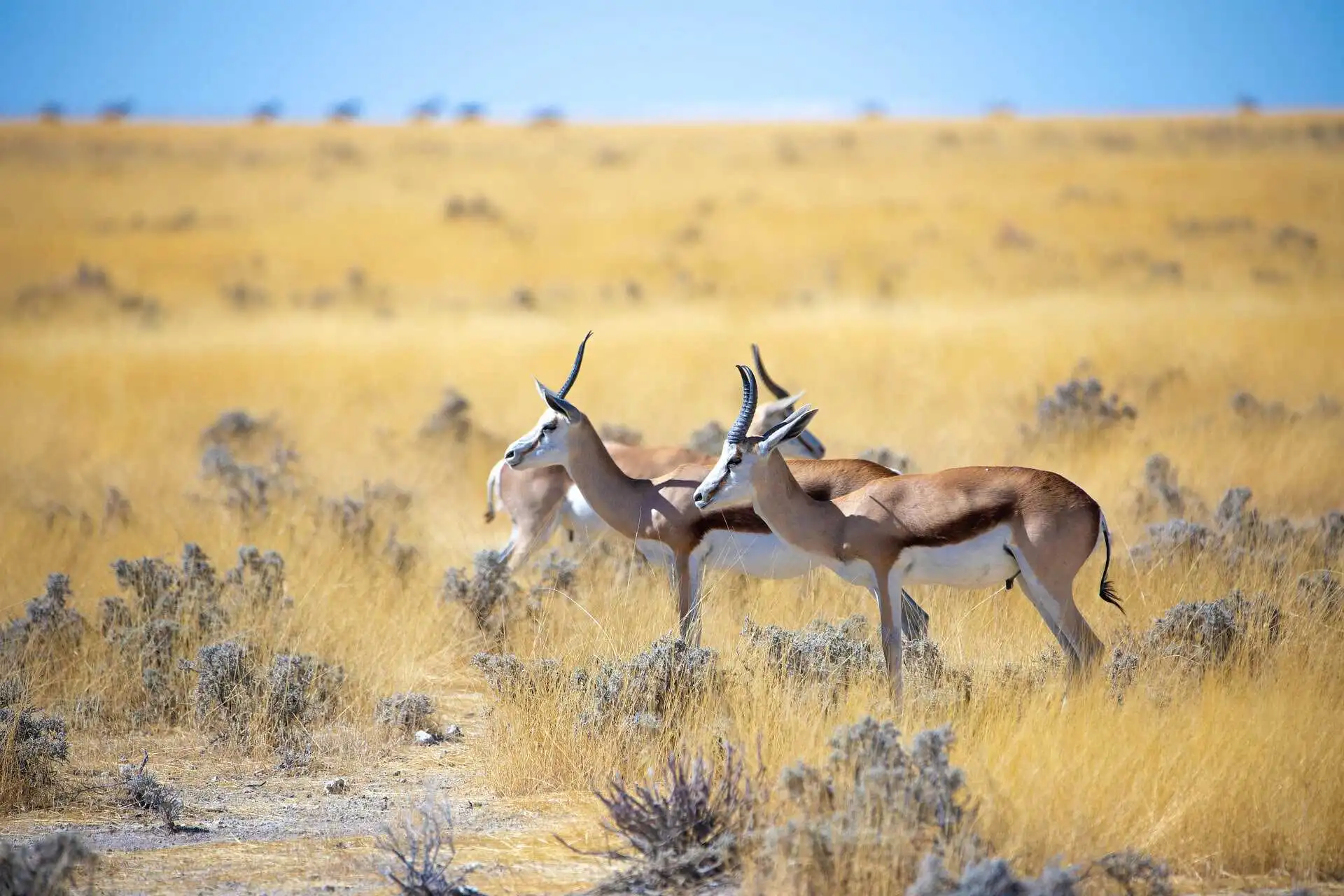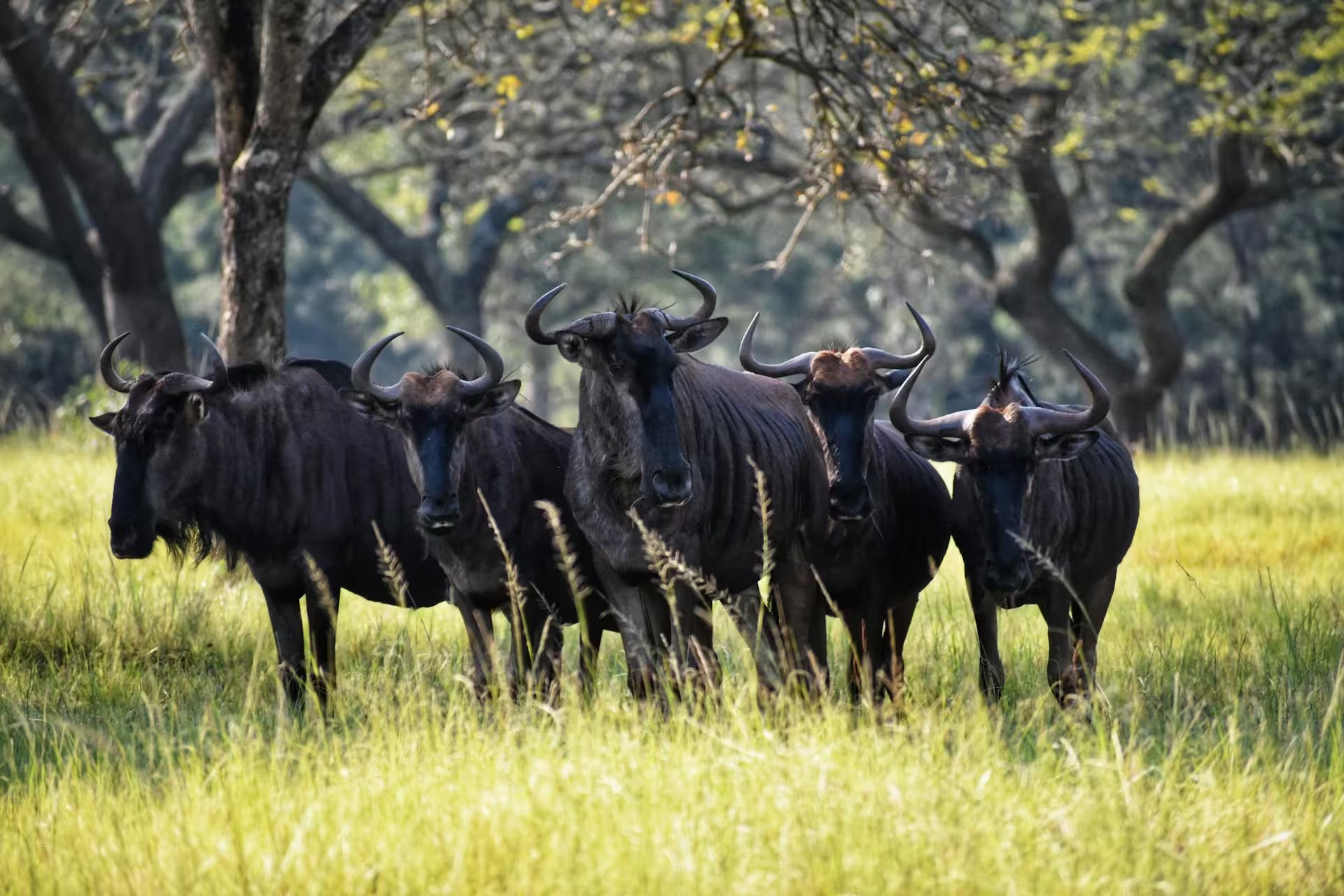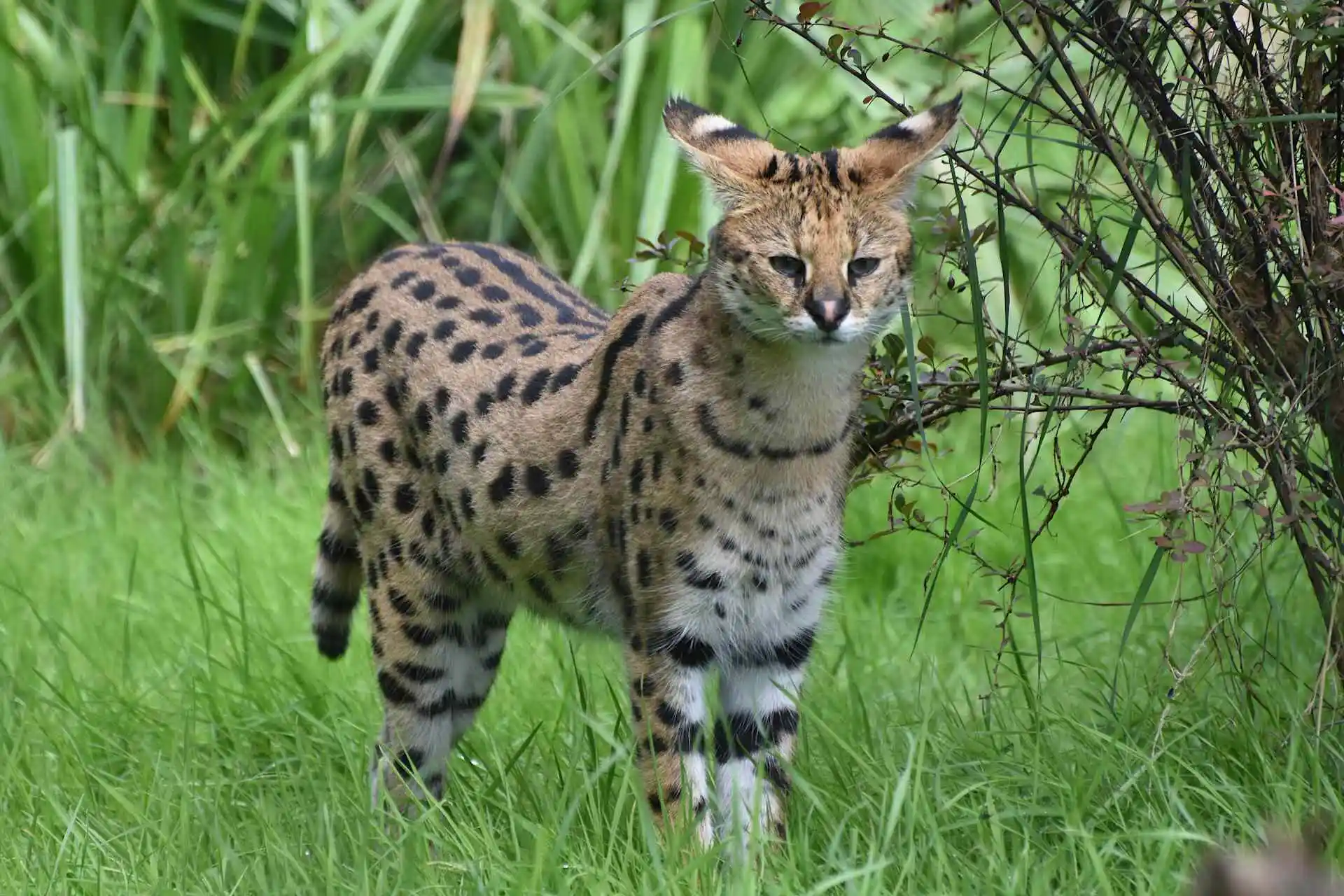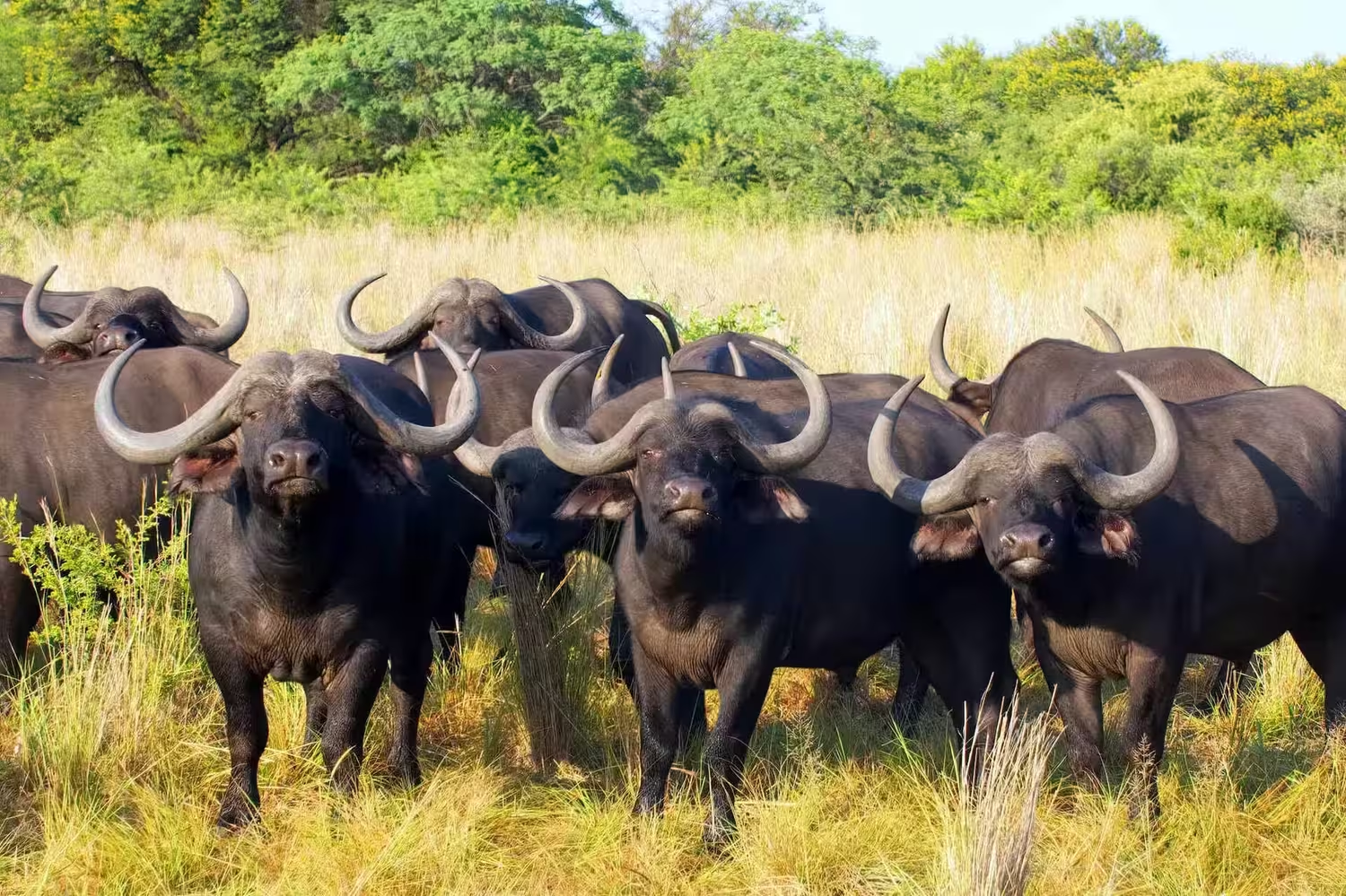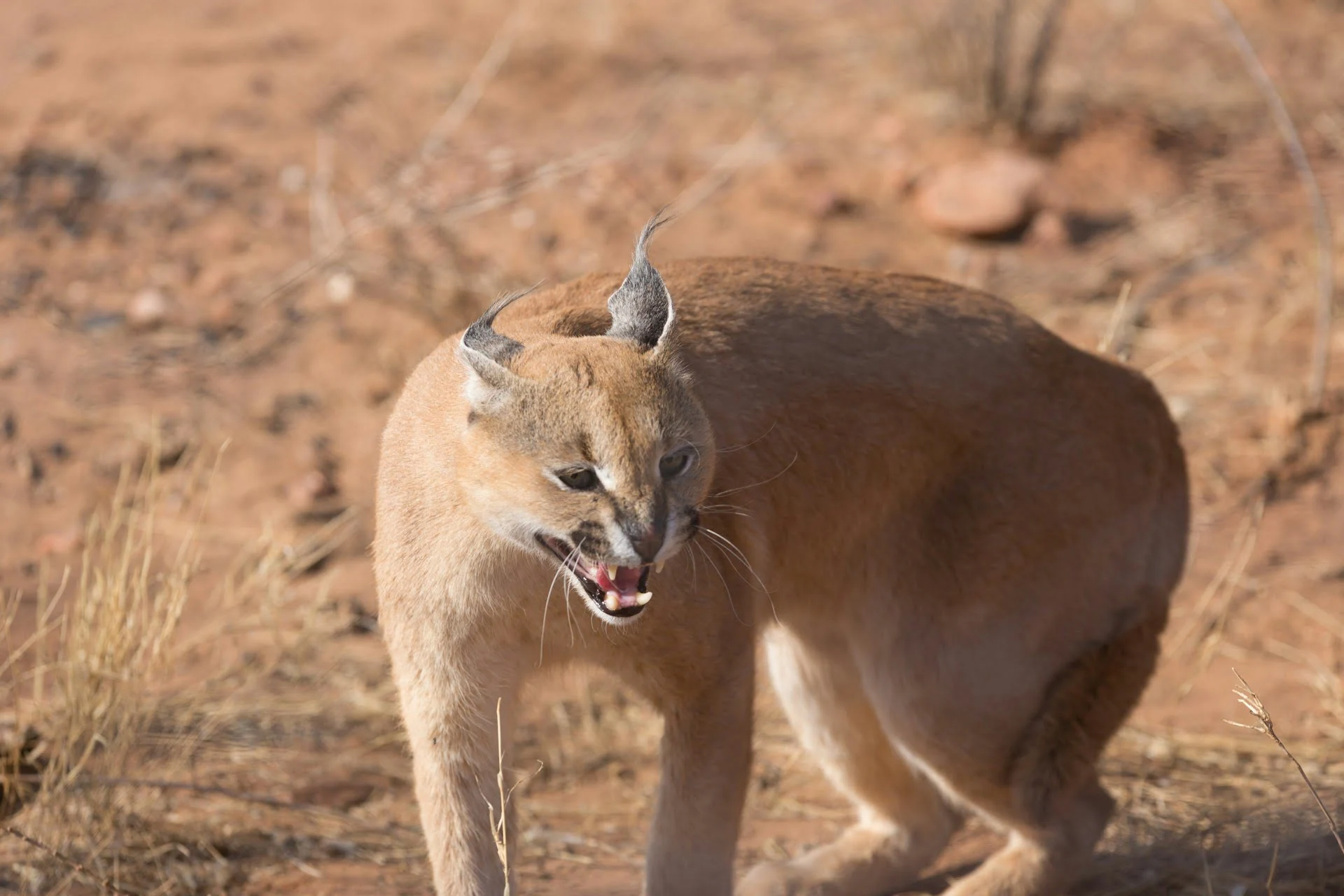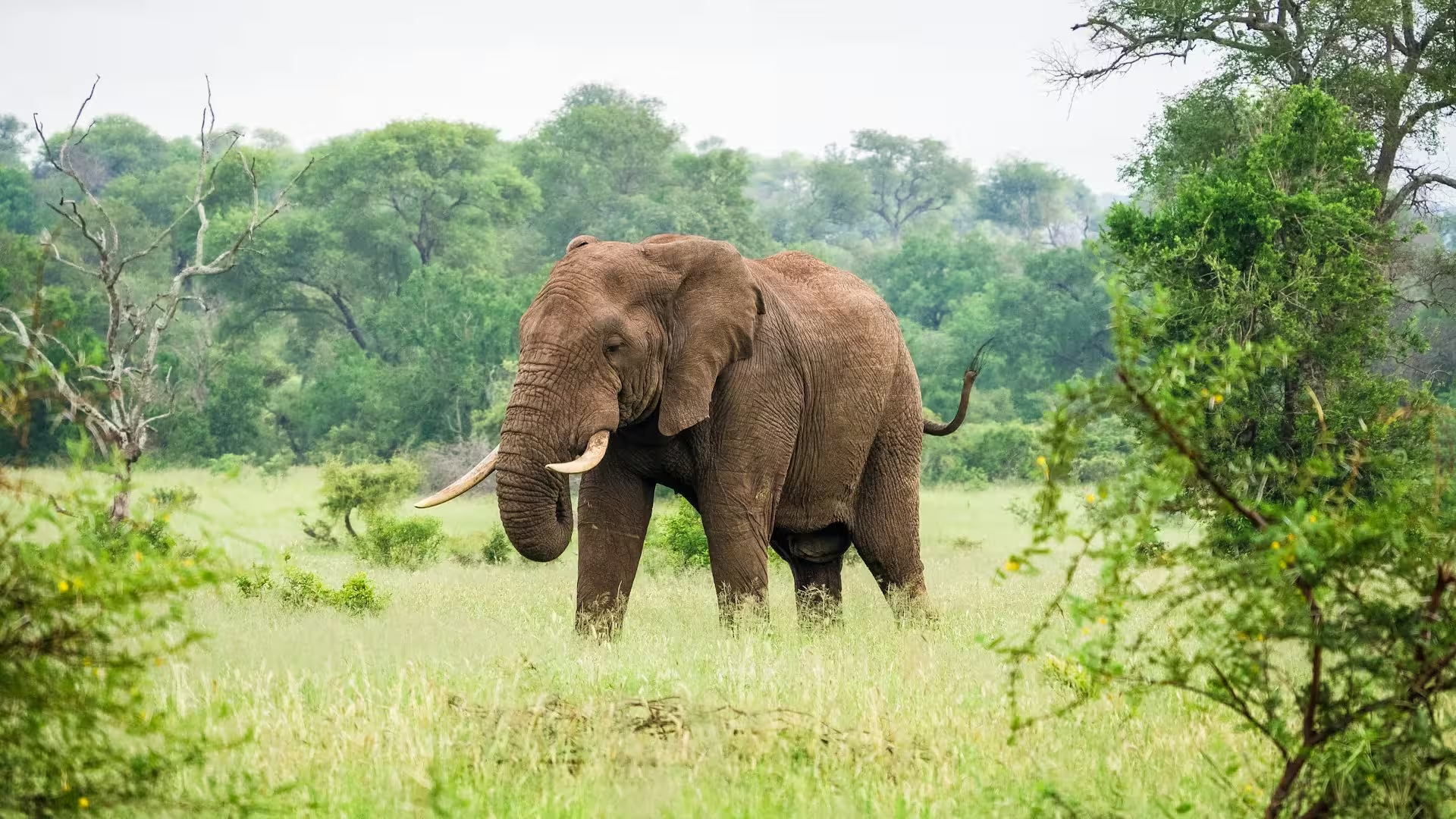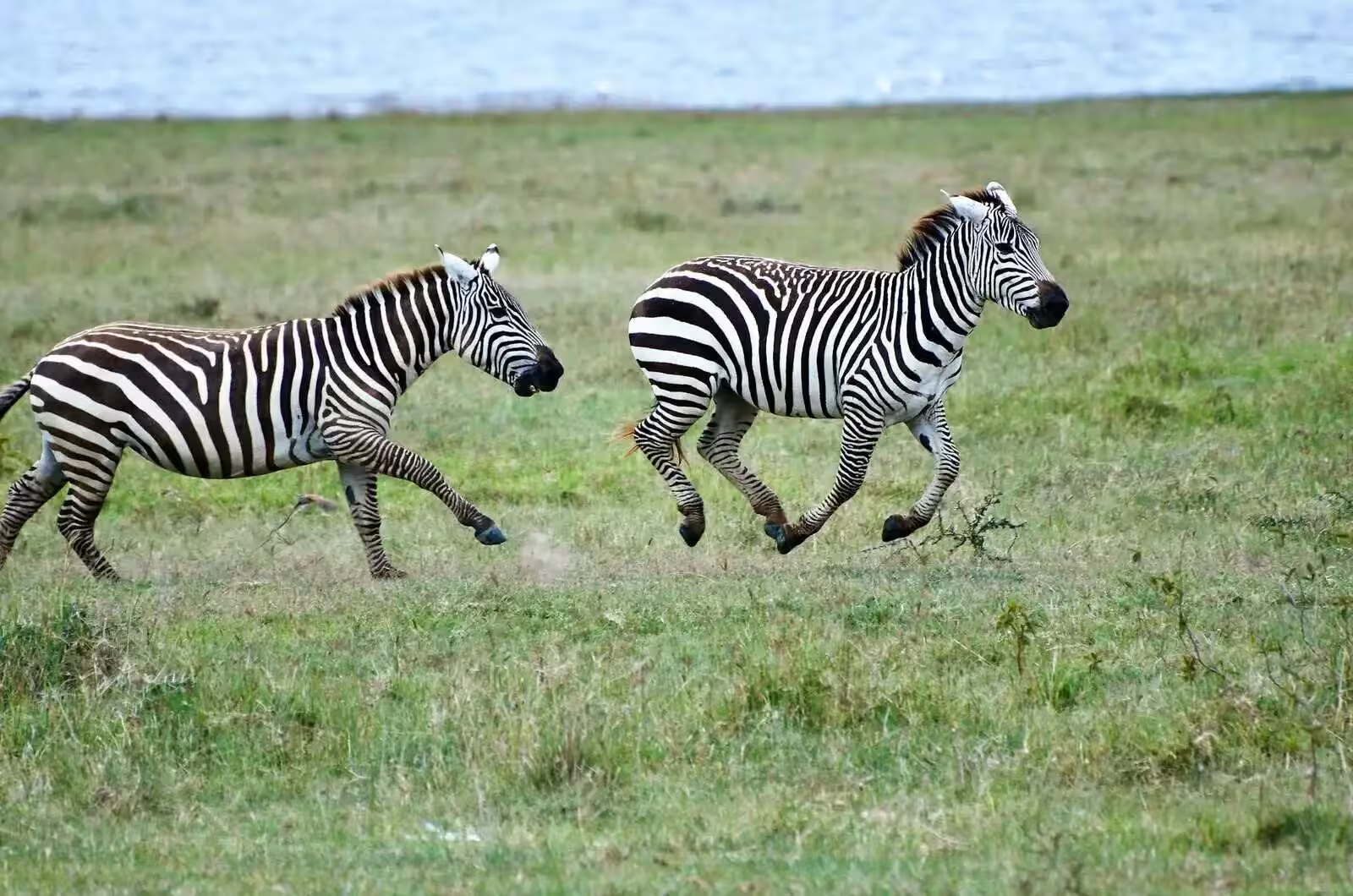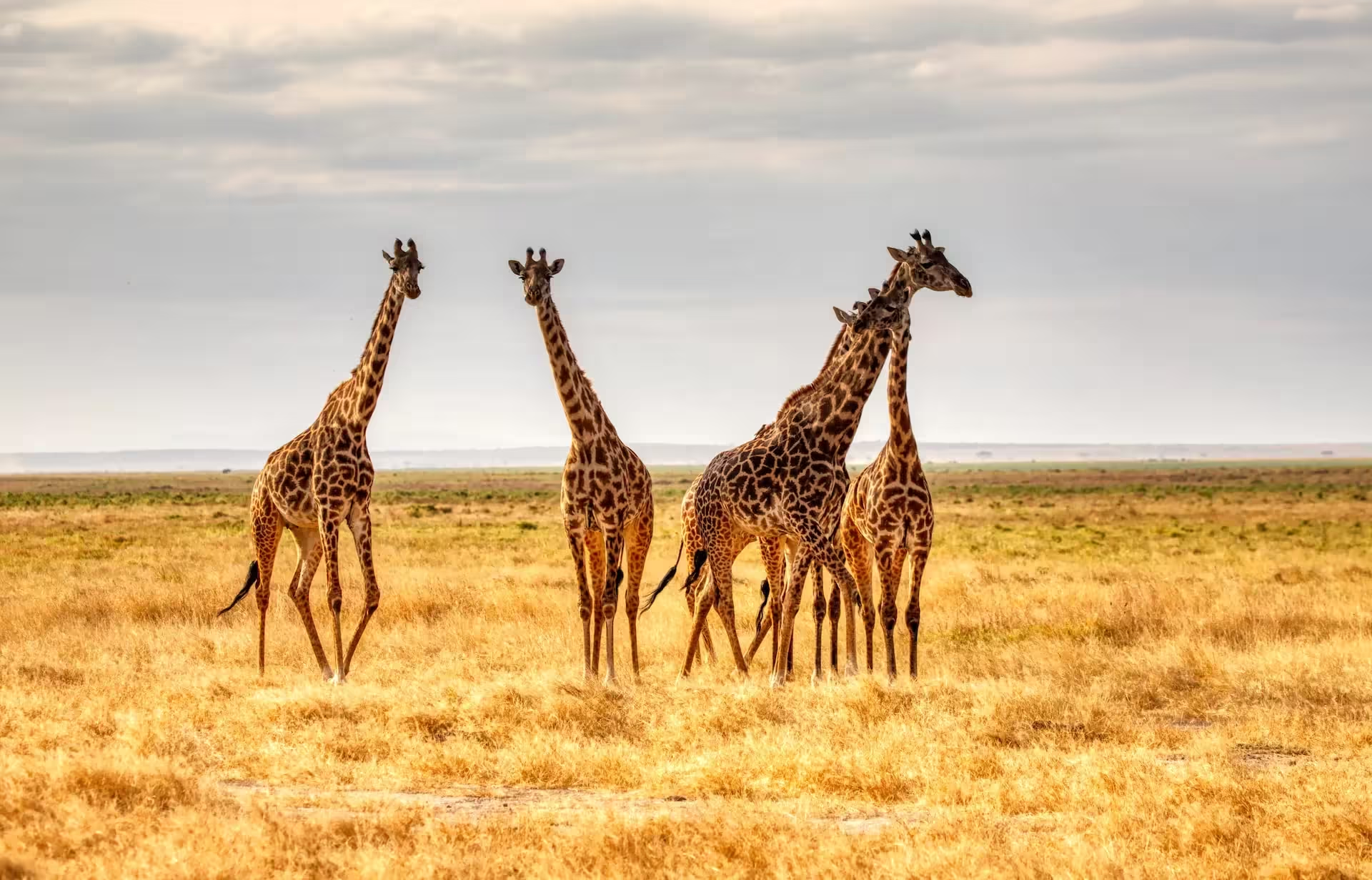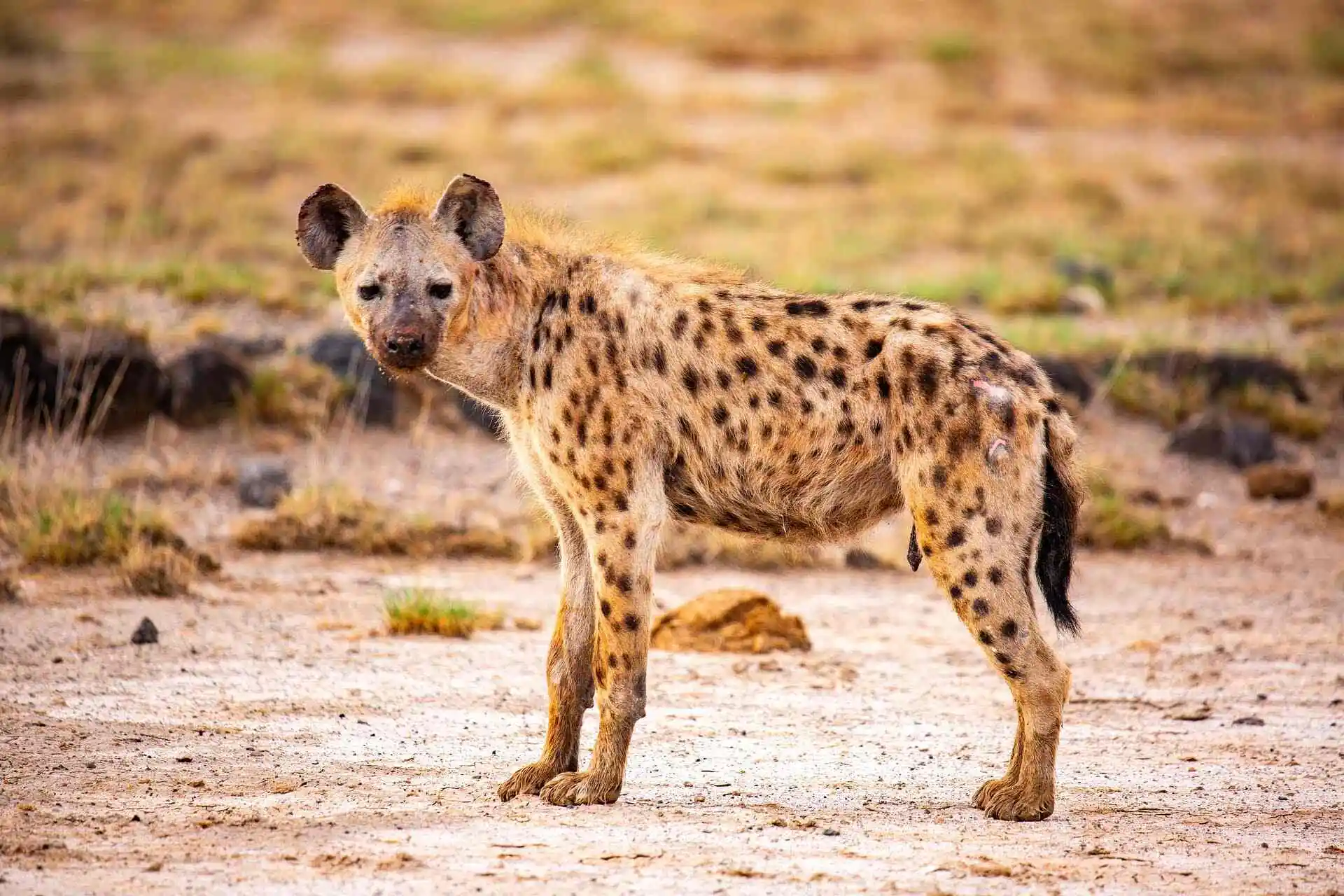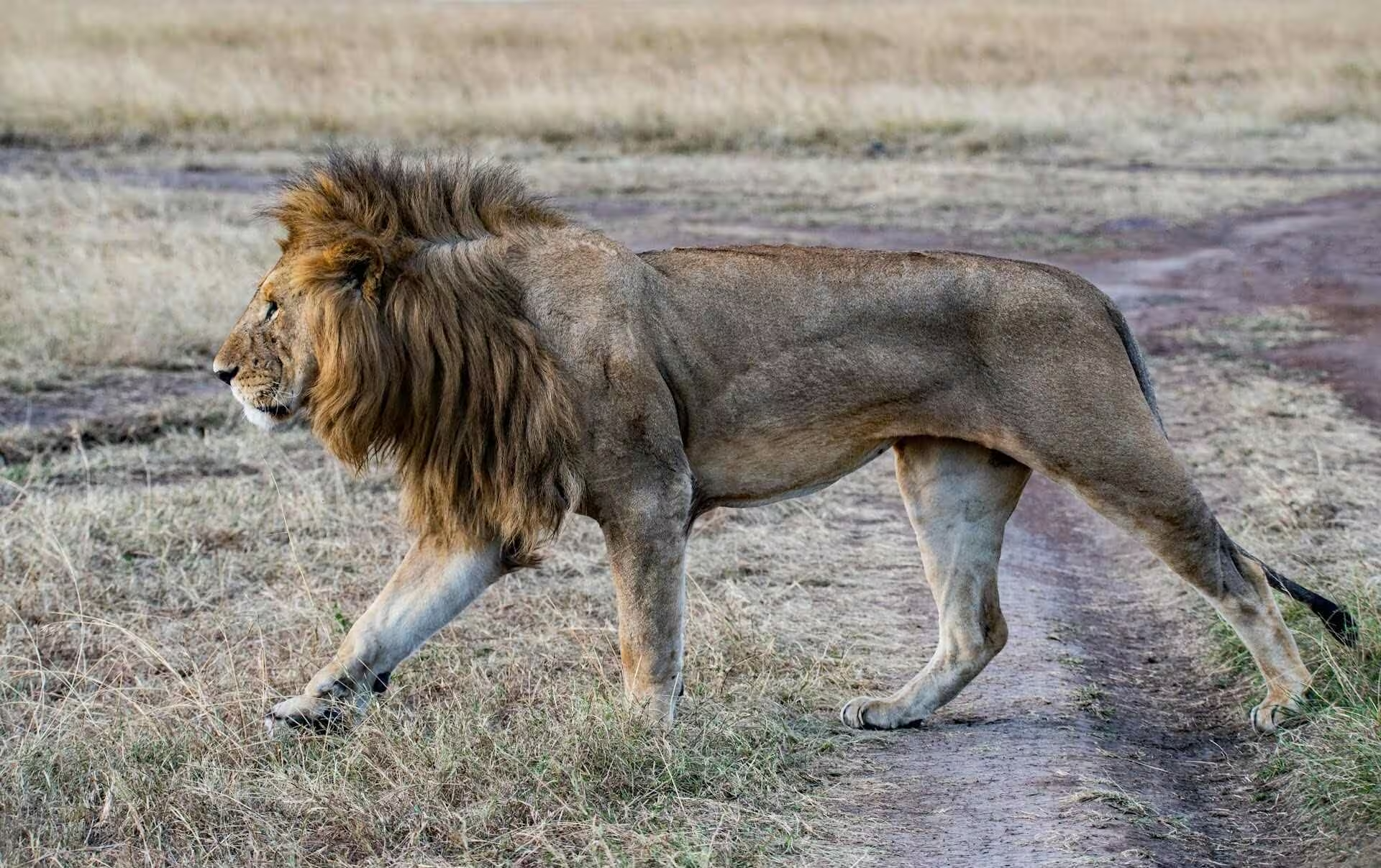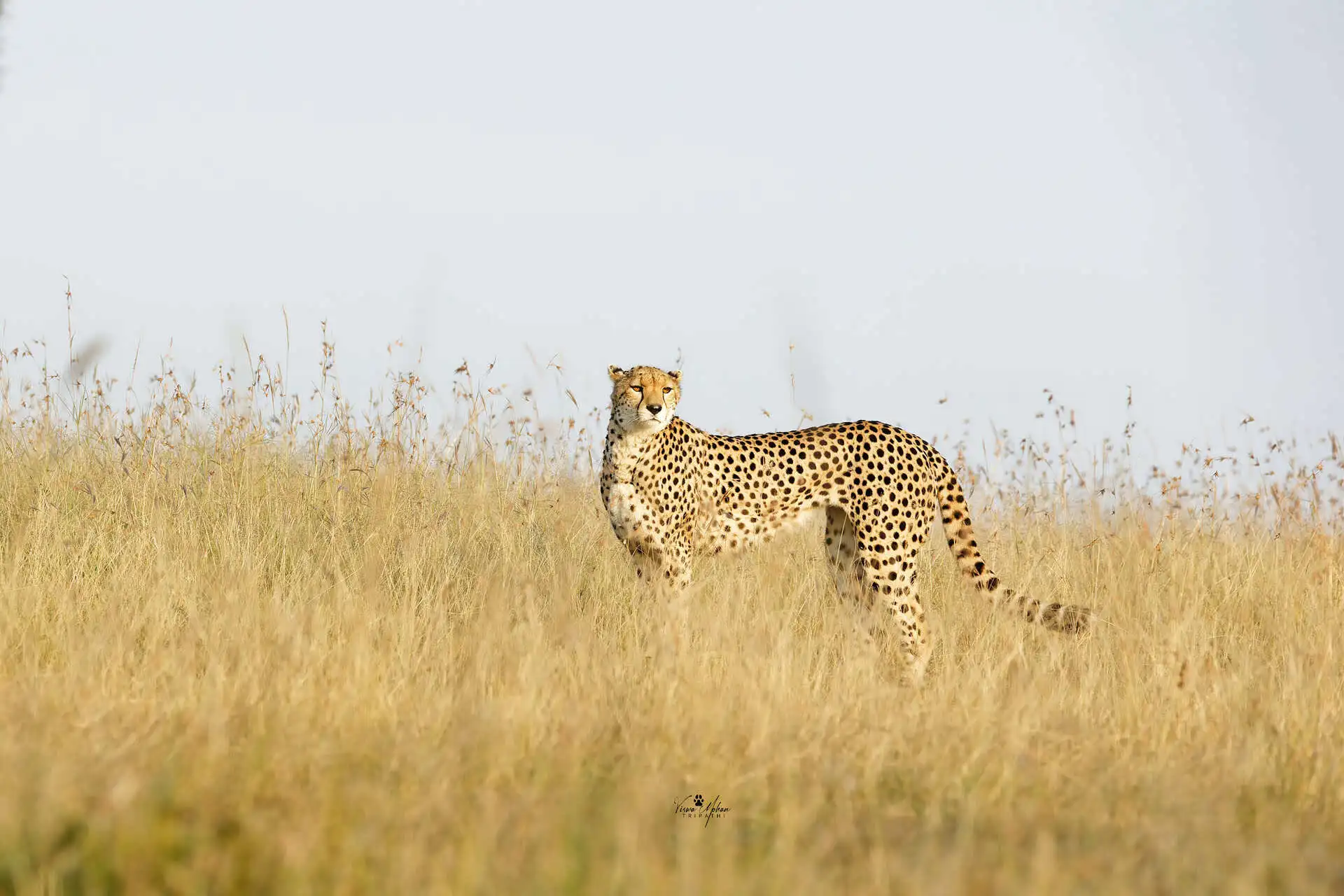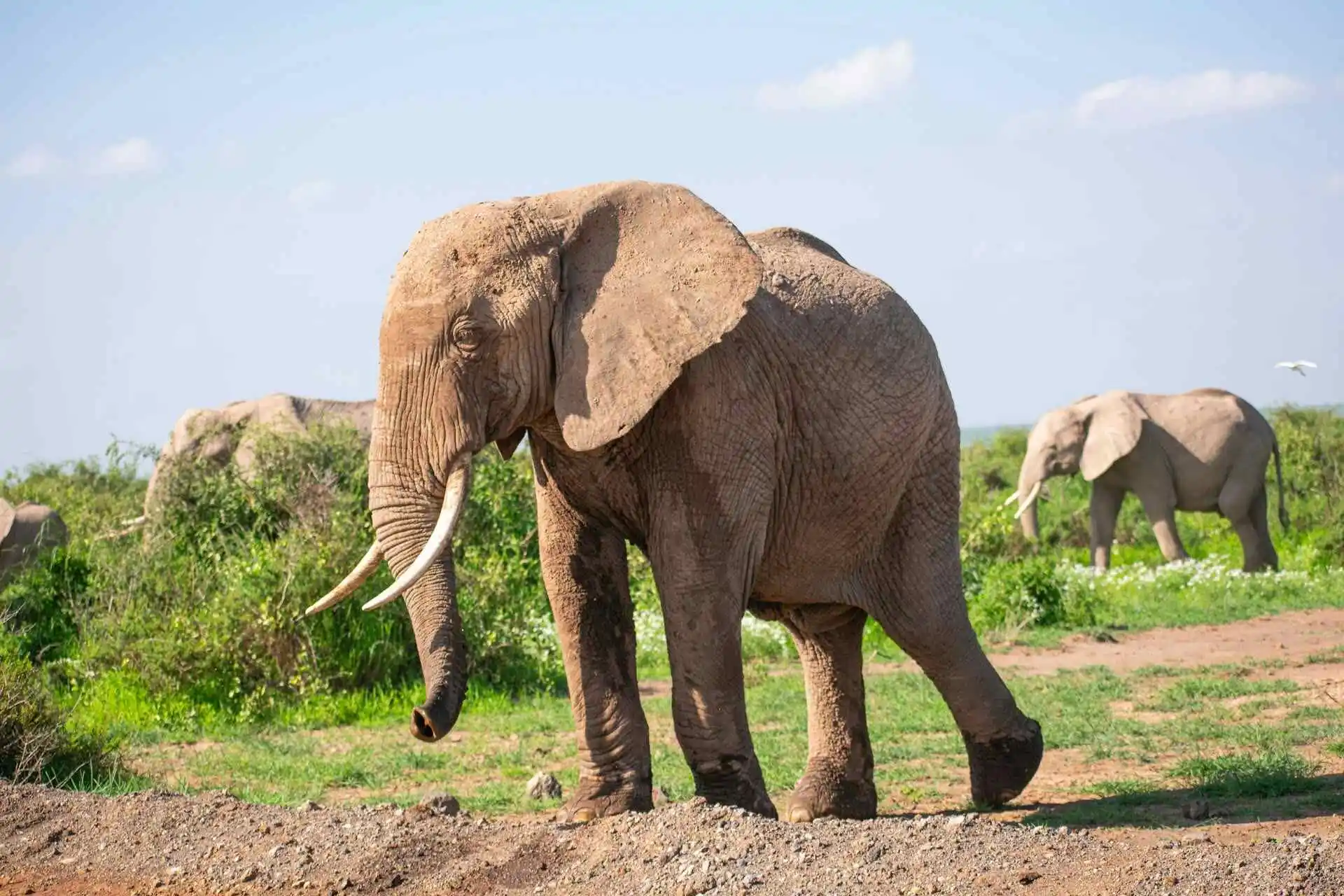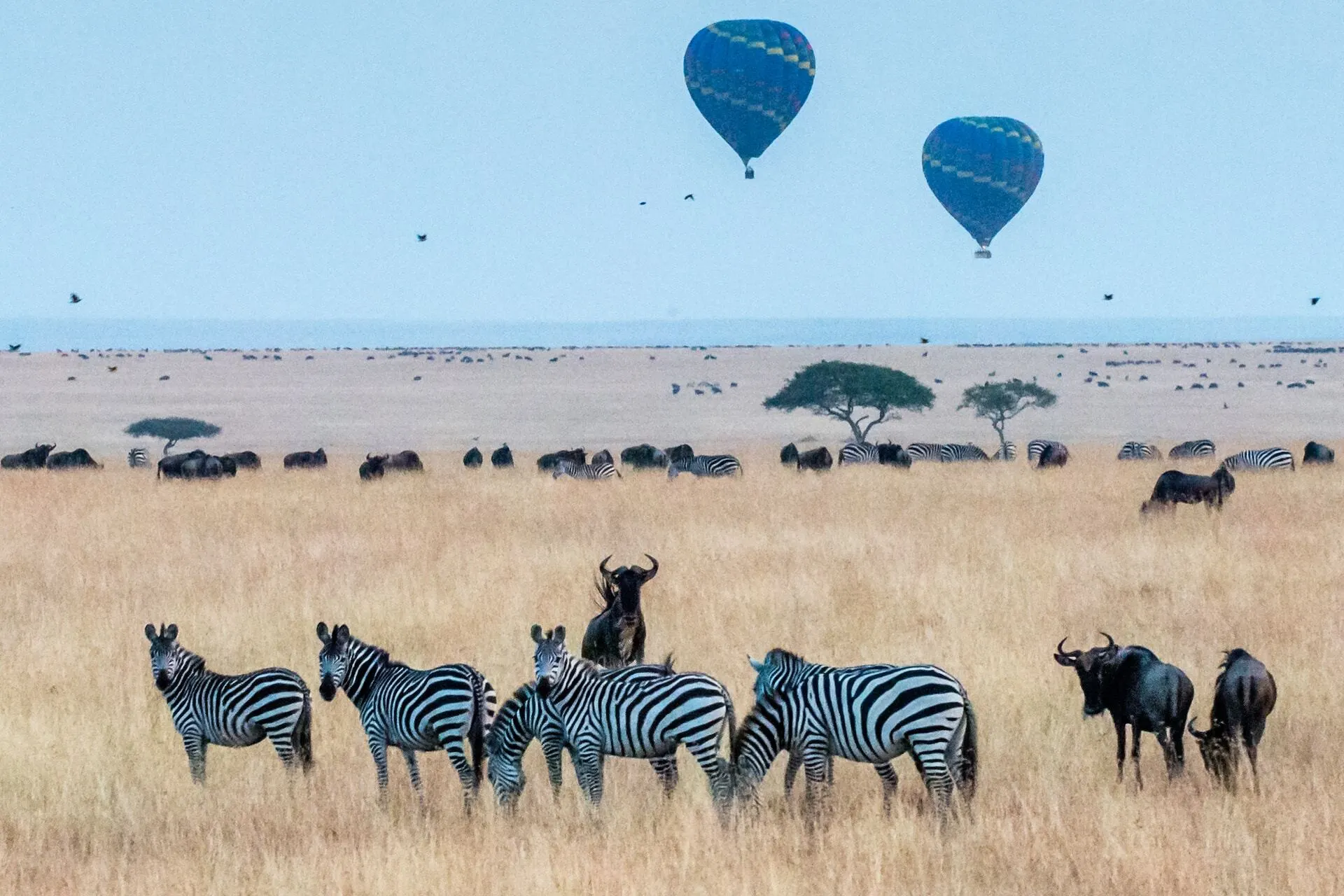Sunbird Overview
In the vibrant landscapes of Africa, the sunbird graces the skies with its dazzling colors and agile flight. These small, nectar-feeding birds belong to the family Nectariniidae, adding a burst of brilliance to the continent’s diverse avian population. With their iridescent plumage and remarkable aerial maneuvers, African sunbirds captivate both bird enthusiasts and casual observers alike. Let’s explore the enchanting world of these radiant creatures as they flit through the blossoms, contributing to the rich tapestry of African biodiversity.
How does Sunbird look like?
Sunbirds are like tiny jewels, measuring just 7 to 25 centimeters and weighing only a few grams. Their standout feature is their shiny, changeable feathers that catch your eye with different colors in the light.
These birds are nature’s pollinators, using their long, curved bills to sip nectar from flowers. Their forked tails make them agile flyers, flitting about with ease.
One cool thing about sunbirds is their looks. Many species show sexual dimorphism, meaning males and females look different. The guys often rock more vibrant colors, adding a pop of variety to these charming birds in Africa.
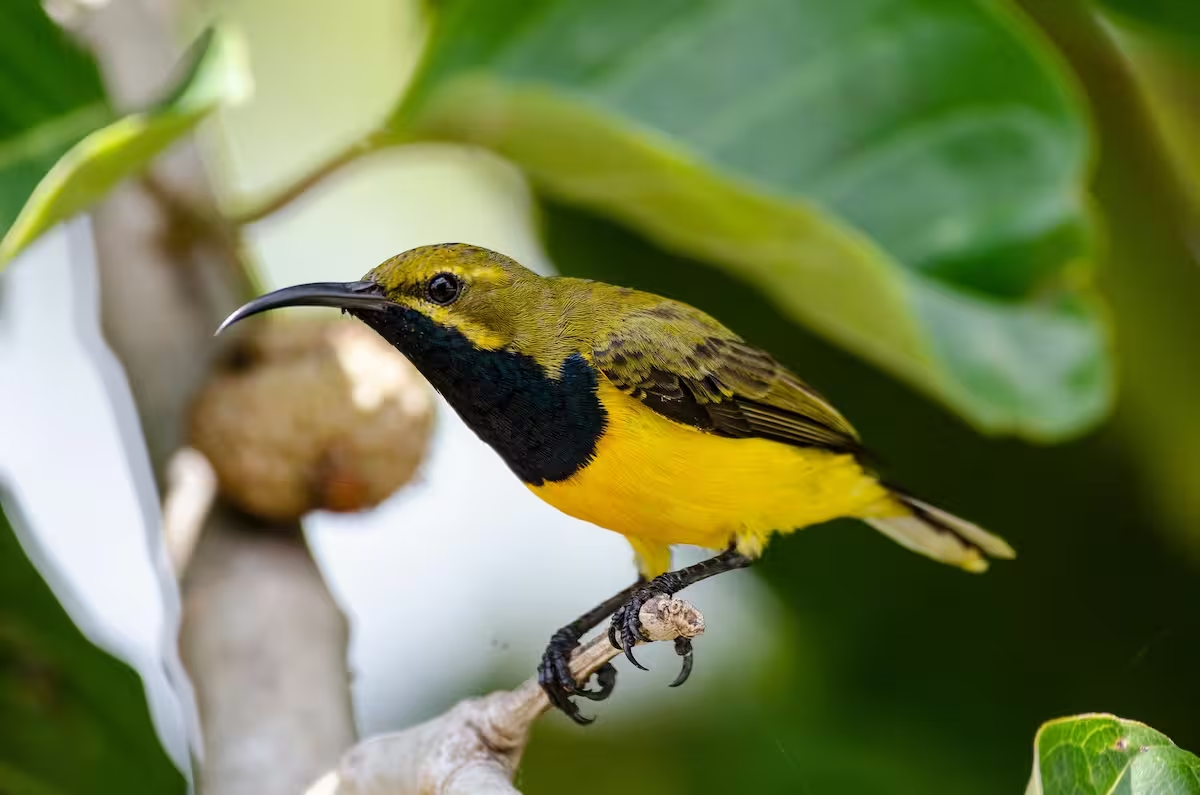
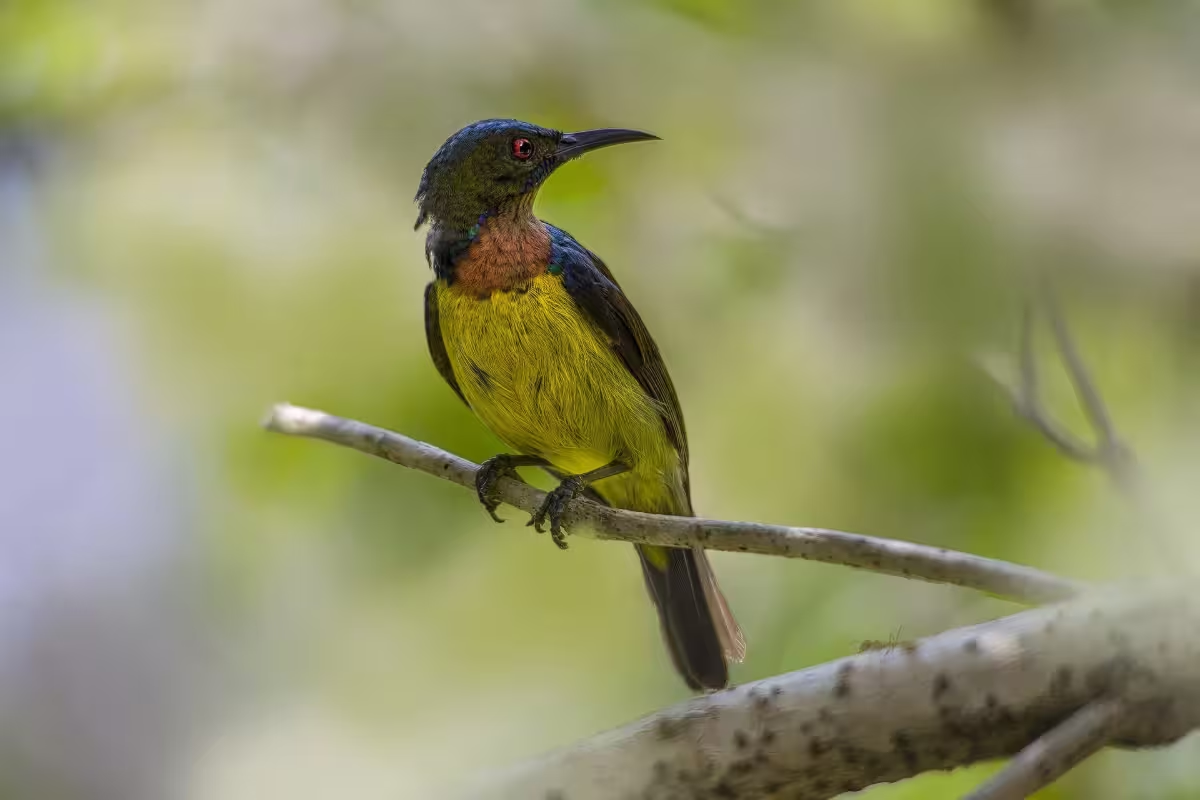
Quick Characteristics Sunbird
| Characteristic | Description |
|---|---|
| Family | Nectariniidae |
| Geographic Range | "Old World" (Africa, Asia, Australia) |
| Size | Small, 7-22 cm |
| Weight | 5-10 grams (up to 45g) |
| Life Span | 2-8 years in the wild |
| Number of Species | ~145-147 total, ~70-80 in Africa |
| Diet | Nectar, insects, and spiders |
| Feeding Behavior | Perch on flowers to feed (unlike hummingbirds, which hover) |
| Nesting | Purse-shaped nest suspended from branches |
| Vocalization | High-pitched and metallic calls |
What do Sunbird eat?
Sunbirds are nectarivores, meaning they mainly feed on nectar from flowers. Their long, curved bills are like built-in straws, perfect for sipping sweet nectar. This nectar-rich diet is their primary source of energy.
Apart from nectar, sunbirds also consume small insects and spiders. While nectar provides them with sugars for energy, these tiny creatures offer essential proteins. It’s a balanced diet that keeps them buzzing around, contributing to the pollination of flowers as they go.
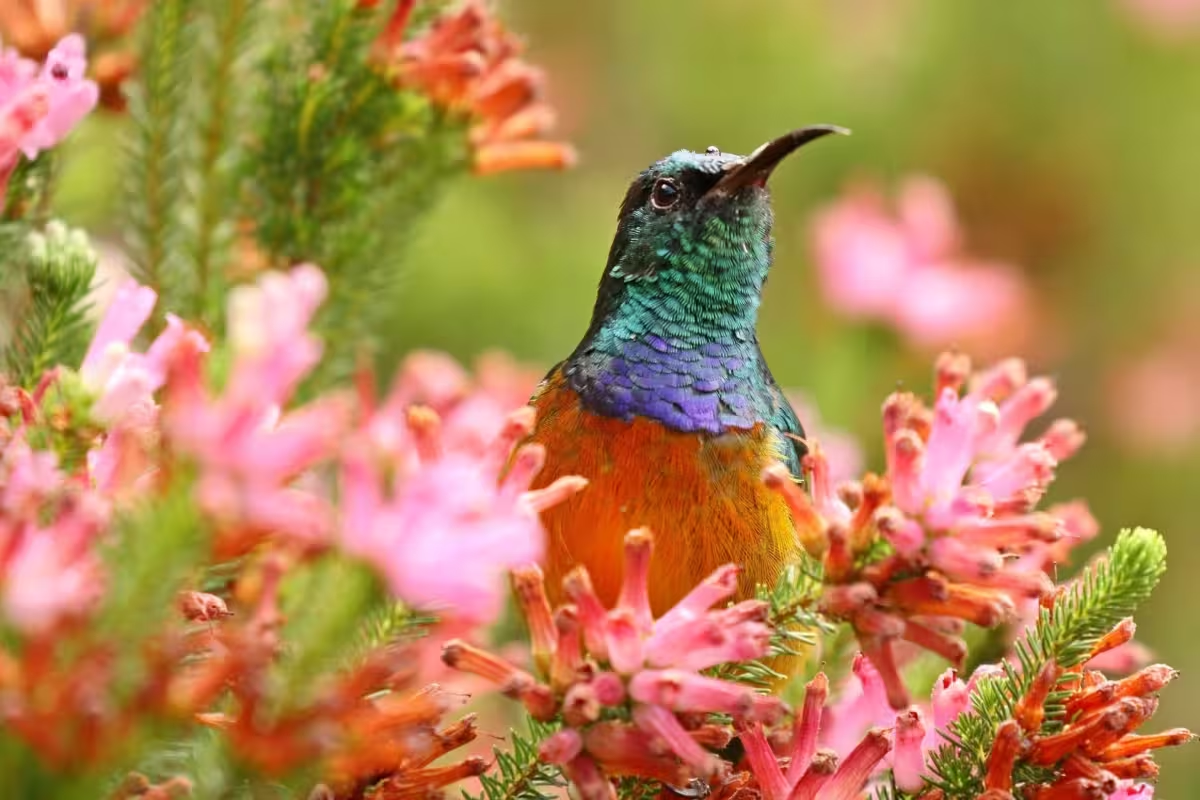
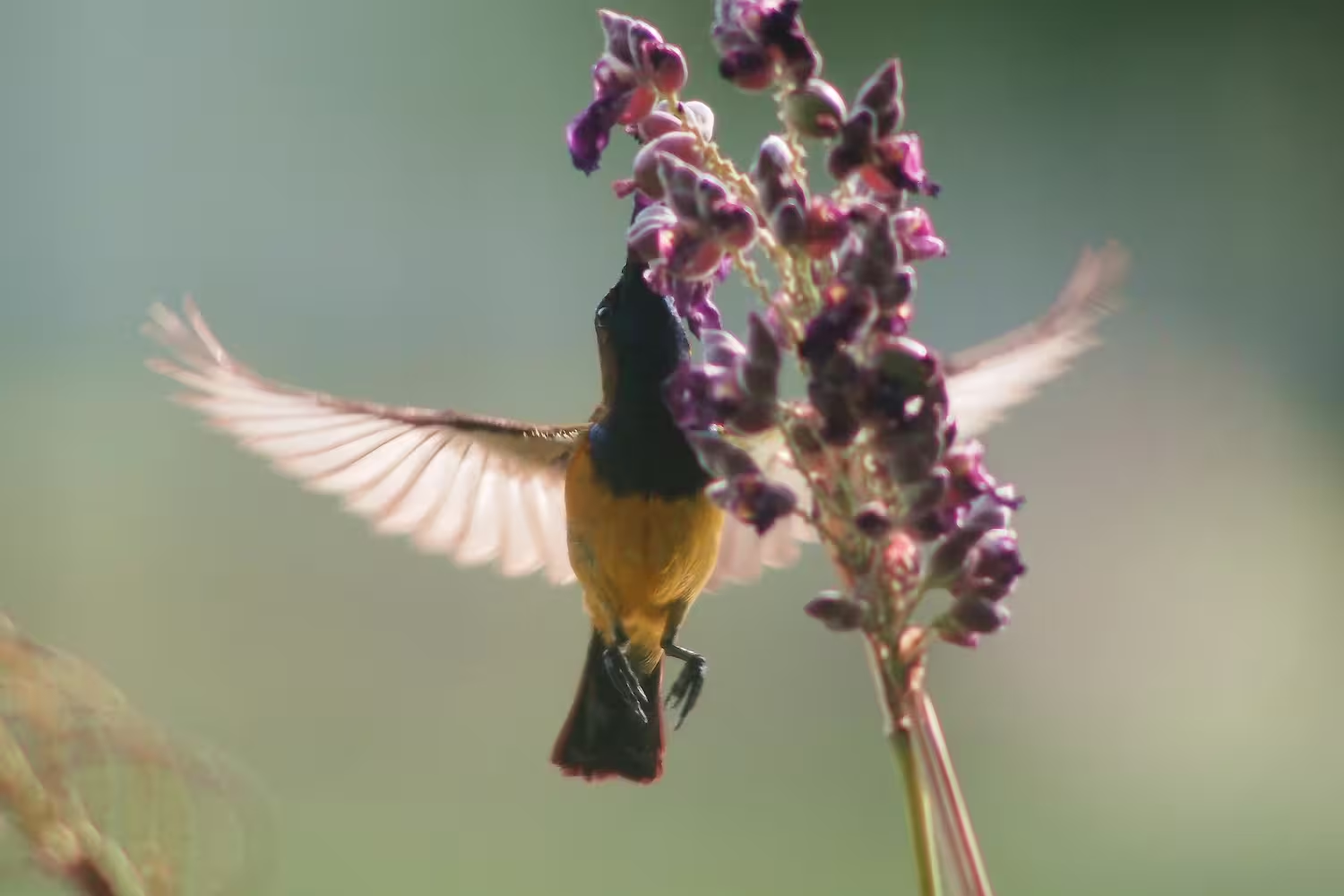
Where you can find Sunbird?
Sunbirds, with their vibrant plumage, are widespread in Africa, inhabiting a variety of environments. From lush forests to arid savannas, these little birds adapt to diverse habitats across the continent. You can find them in countries like Kenya, Tanzania, Rwanda(Akagera and Nyungwe), and more. The adaptability of sunbirds allows them to thrive in these different regions.
Whether in the dense forests or open savannas, sunbirds bring their lively colors and busy pollination activities to various corners of Africa. Their widespread distribution and ability to explore different habitats make them a charming and essential part of the continent’s avian biodiversity.
Migration Pattern of Sunbird
Sunbird migration in Africa varies by species, differing from the lengthy journeys of hummingbirds. These migrations are often shorter and more localized.
Some, like the Malachite Sunbird, exhibit North-South Migration, breeding in southern Africa during austral summer and moving northwards for the austral winter.
Others, like the Collared Sunbird, undergo Altitude Movements, nesting in mountains during the wet season and descending to lower altitudes in the dry season.
Many sunbirds are either residents or partially migratory, making Short-Distance Movements within their breeding range, responding to local changes in food and weather conditions. This adaptability allows them to thrive without extensive migrations.
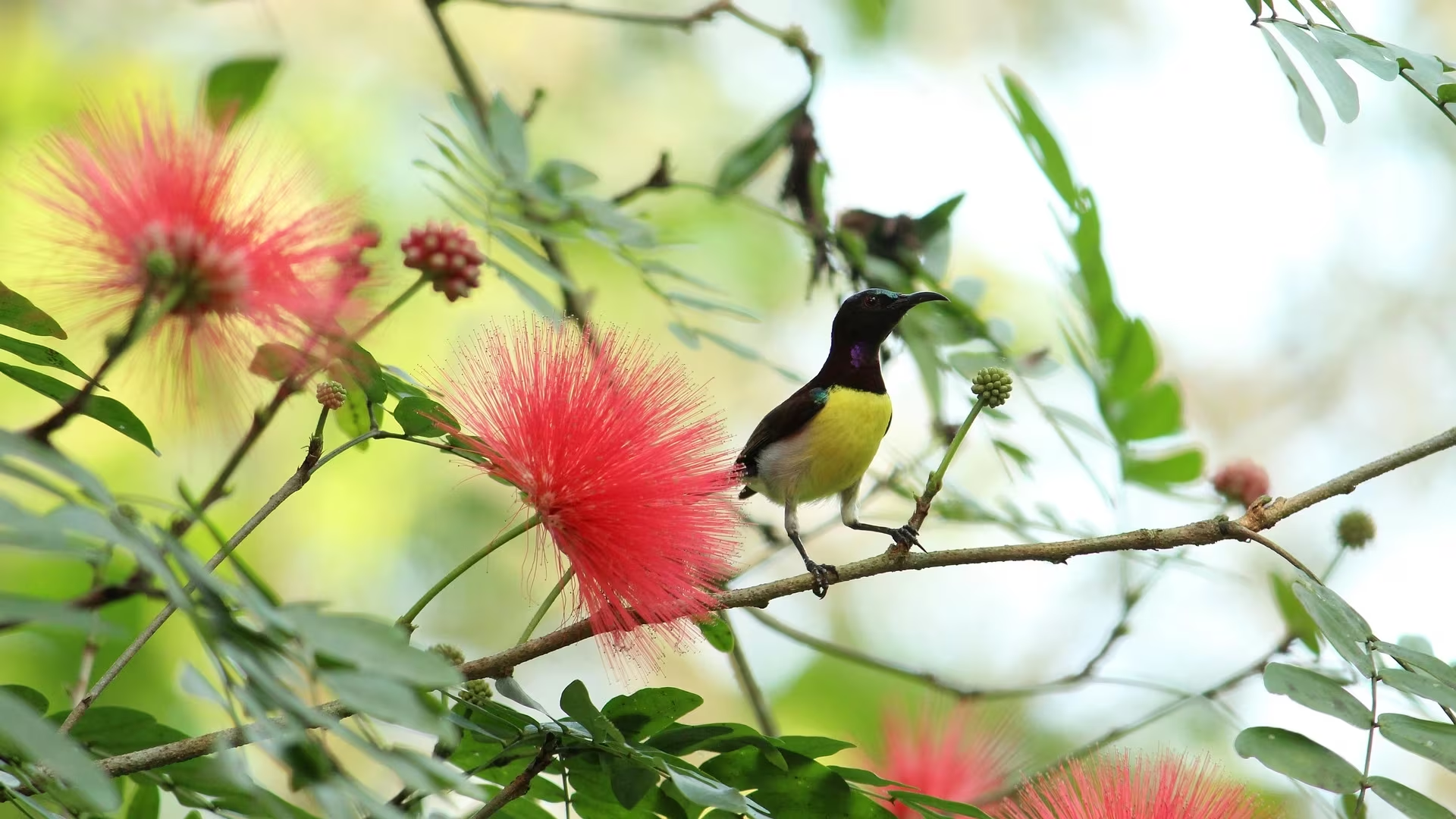
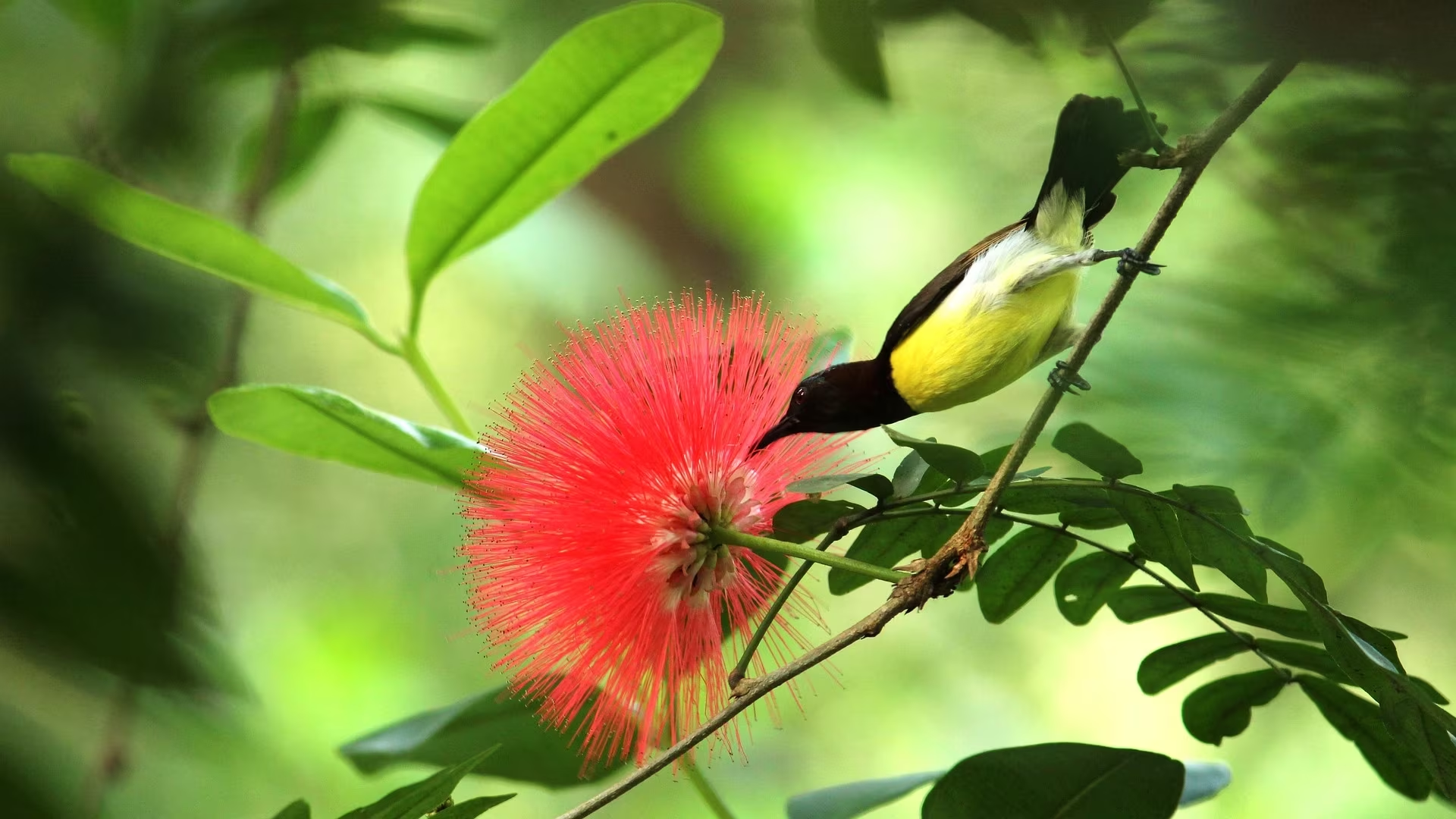
Distinctive Call of the Sunbirds
Sunbirds communicate using various vocalizations, although they are not as elaborate as some other bird species. Their sounds are typically simple, ranging from soft chirps and whistles to quick chattering.
While not known for their complex songs, sunbirds use their modest vocal repertoire for basic communication and during interactions with mates. The simplicity of their vocalizations aligns with their small size and the focused nature of their social behaviors.
Examples of Specific Vocalizations
The Purple Sunbird
This species has a distinct song consisting of rapid rattles followed by ringing, metallic notes. It also uses a variety of calls, including a “chwit” or “chwing!” for alarm and a softer “tseeu” for communication with mates.
Scarlet-chested Sunbird
This species sings a complex and melodious song that includes whistles, trills, and mimicry of other birds. It also uses a variety of calls, including a high-pitched “tseet” for alarm and a softer “chut” for contact.
The Variable Sunbird
This species uses a diverse range of whistles, trills, and chatters in its song. It also has a distinctive “tsup” call used for communication and territorial defense.
Cultural Significance: Importance of Sunbirds in Africa
Symbolism: Sunbirds are often associated with positive qualities like energy, adaptability, and resilience. Their shimmering feathers are seen as symbols of beauty and elegance.
Mythology: Sunbirds feature in various myths and legends across Africa. Some tribes believe they carry messages between the living and the dead, while others see them as spirits of the forest or guardians of nature.
Art and decoration: The vibrant colors and graceful movements of sunbirds have inspired artists and artisans for generations. They are depicted in paintings, sculptures, jewelry, and fabrics.
Types of Sunbird
There are currently 163 recognized species of sunbirds, with 47 of them found in Africa. Here are some of the most common and interesting sunbirds found in Africa
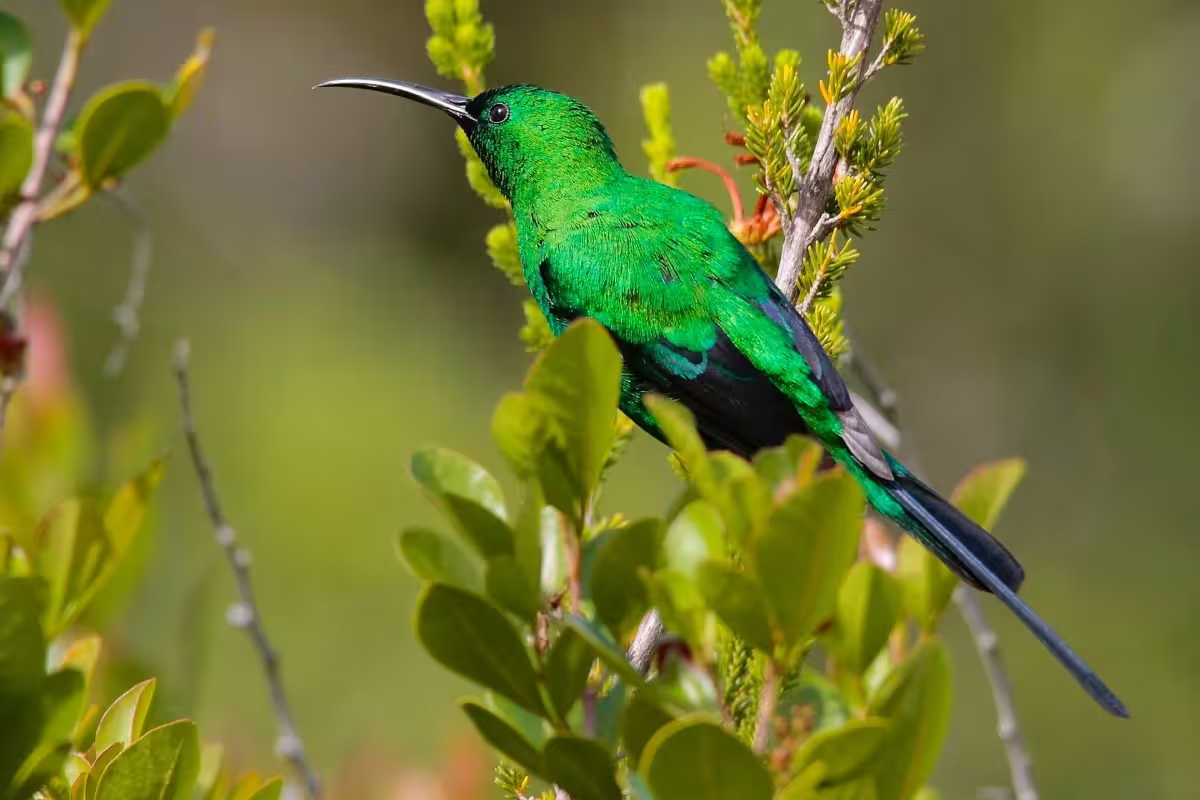
Malachite Sunbird
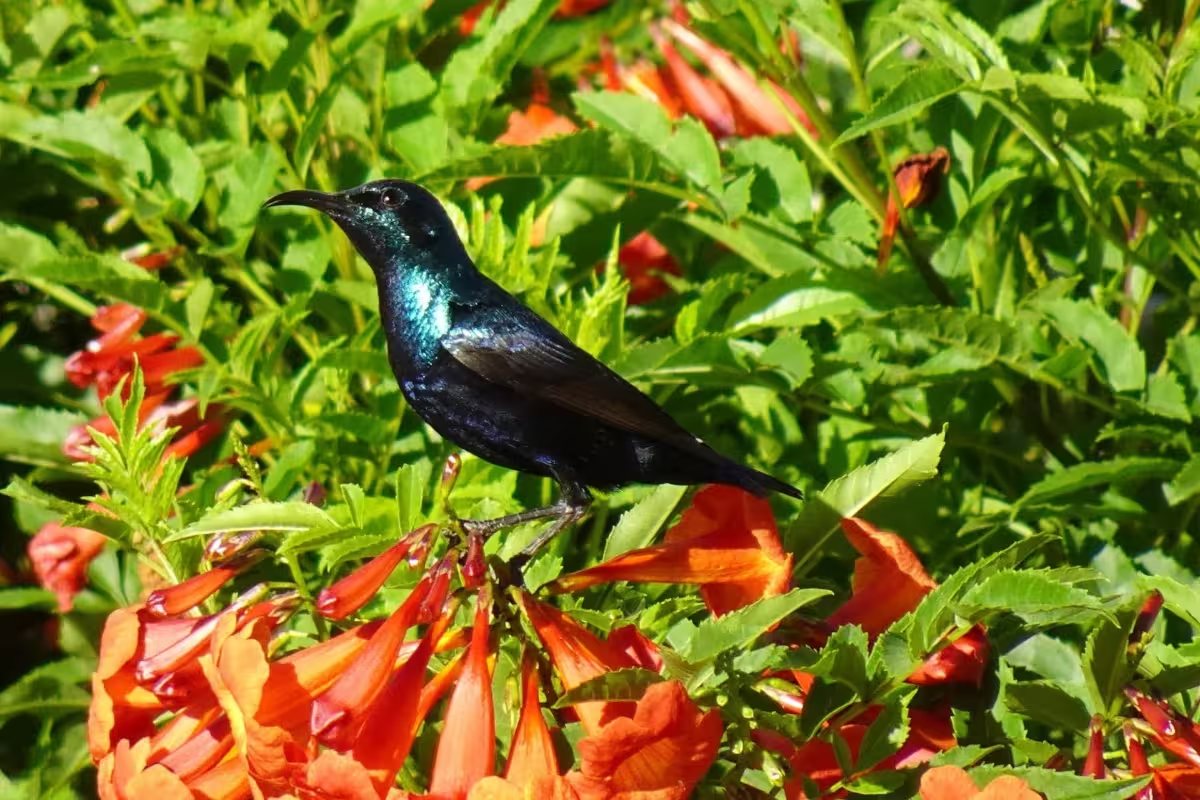
Purple Sunbird
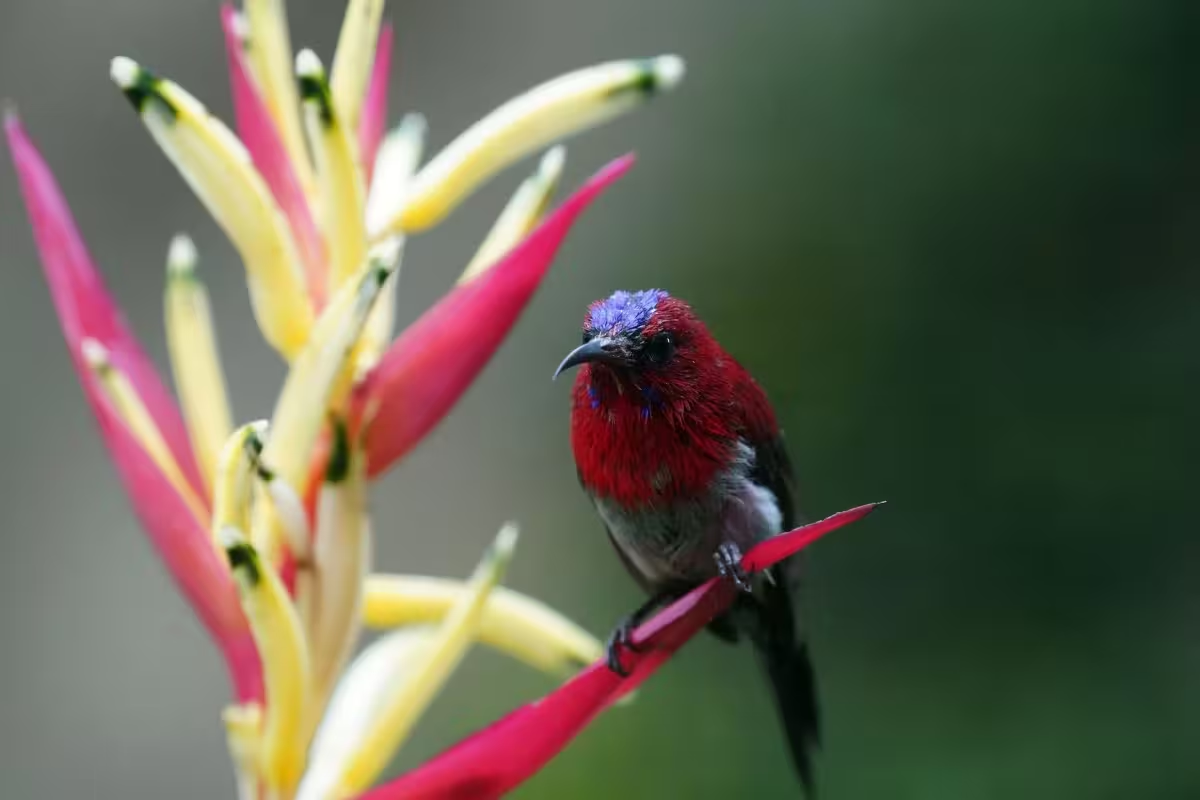
Crimson Sunbird
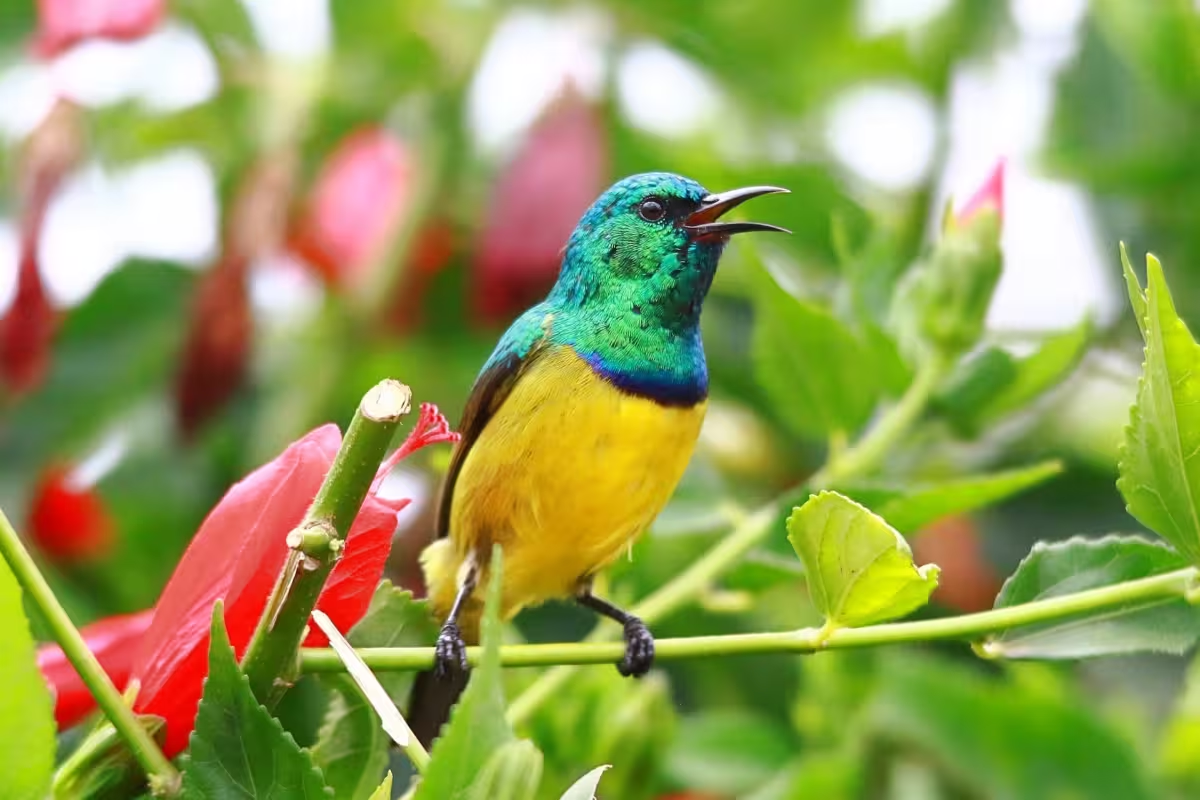
Collared Sunbird

Black Throated Sunbird
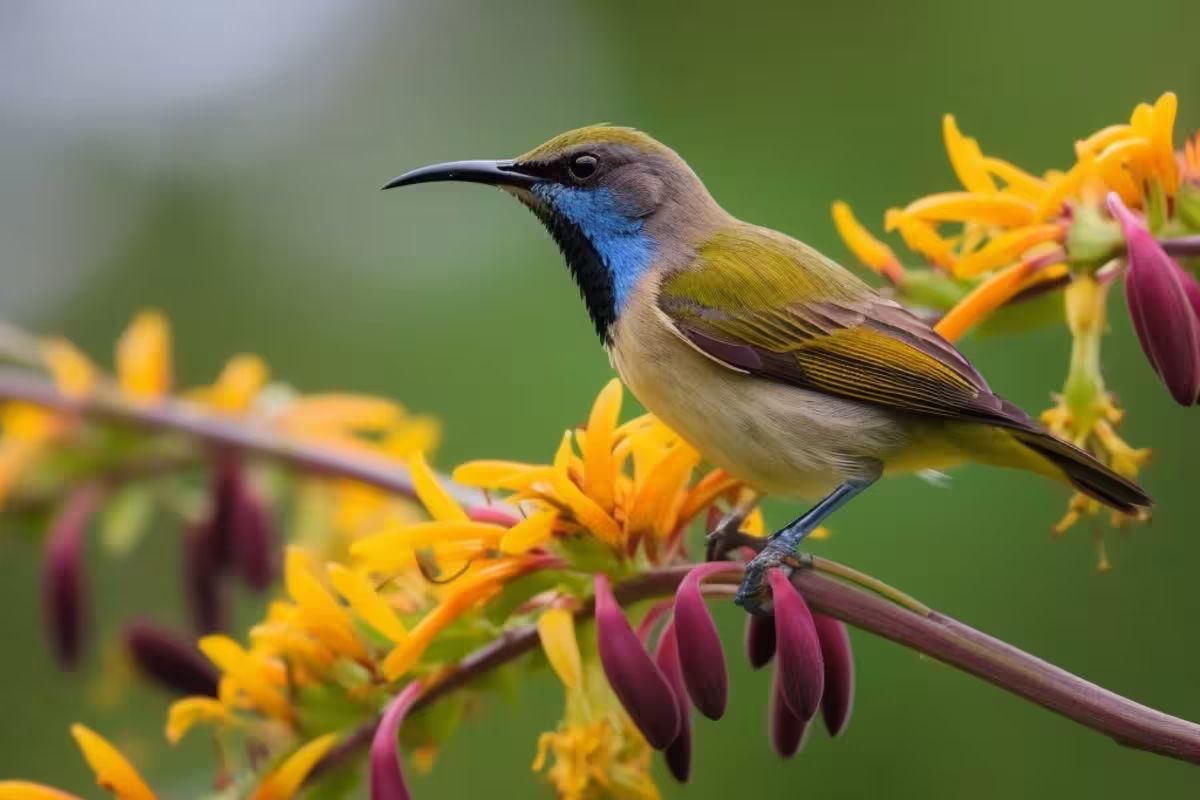
Olive Backed Sunbird
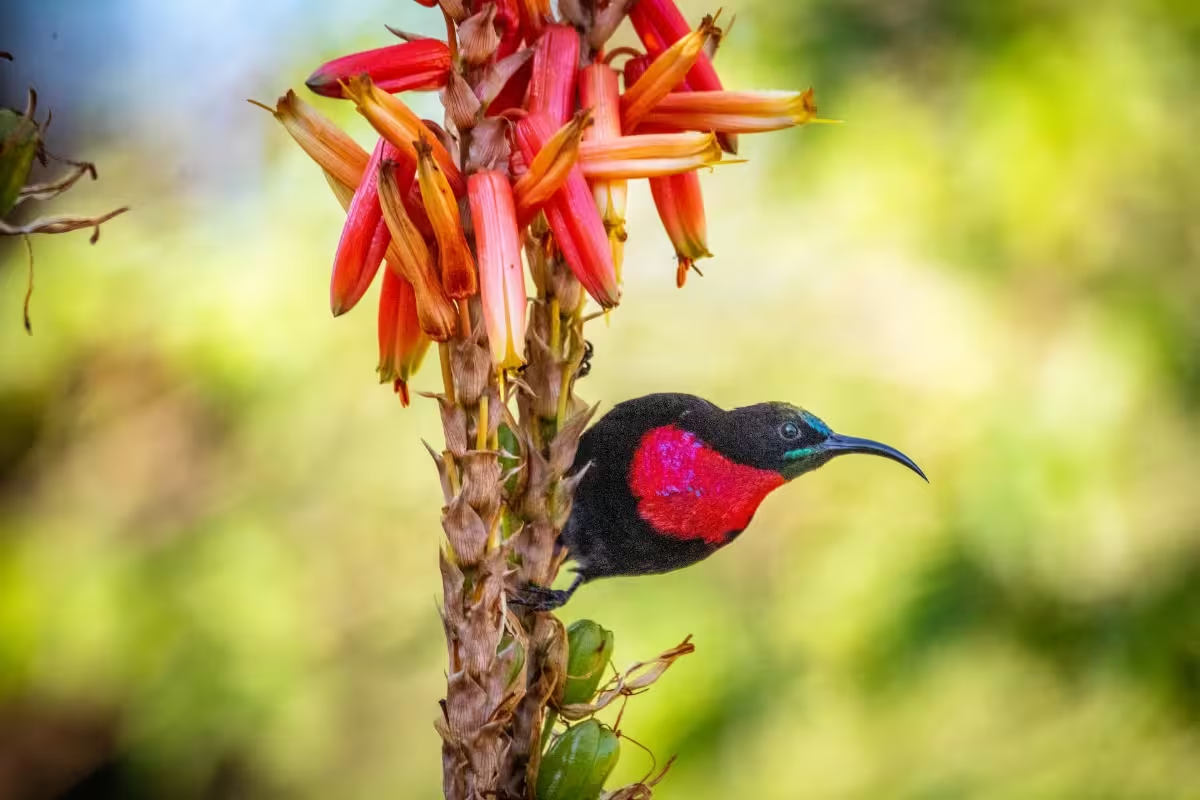
Scarlet Chested Sunbird
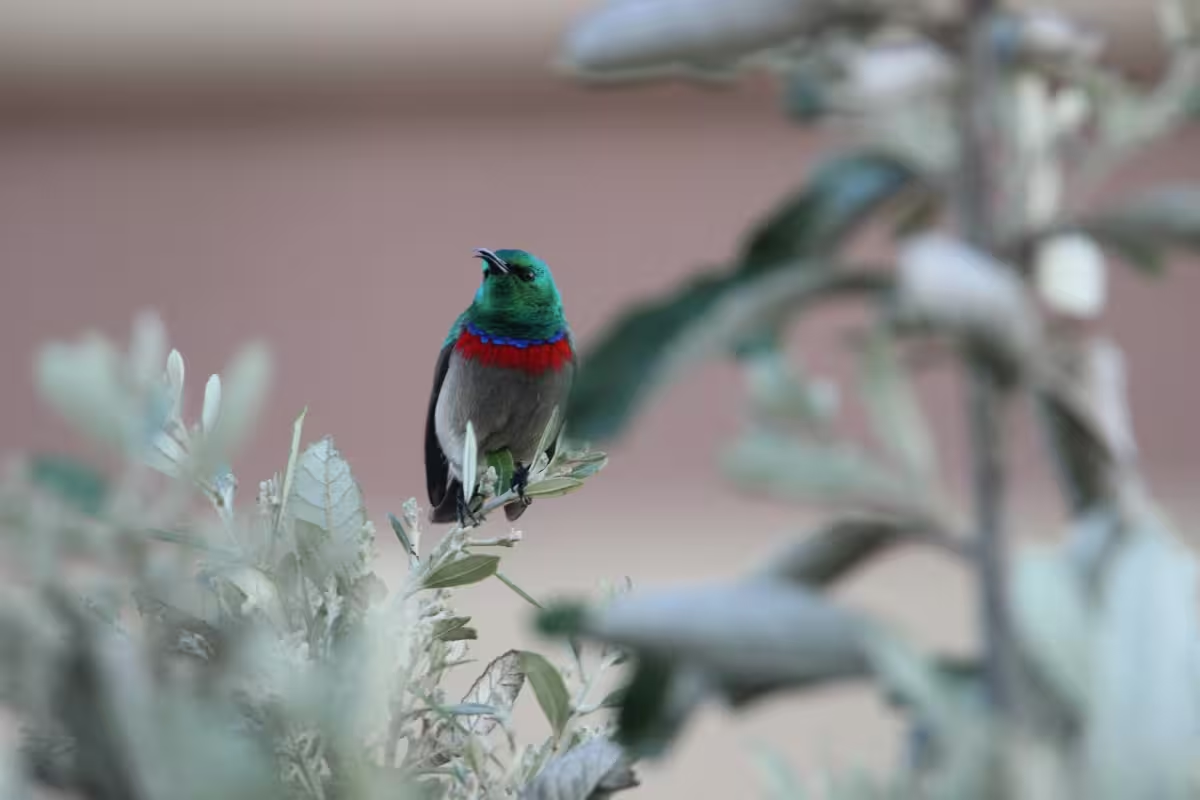
Double Throated Sunbird
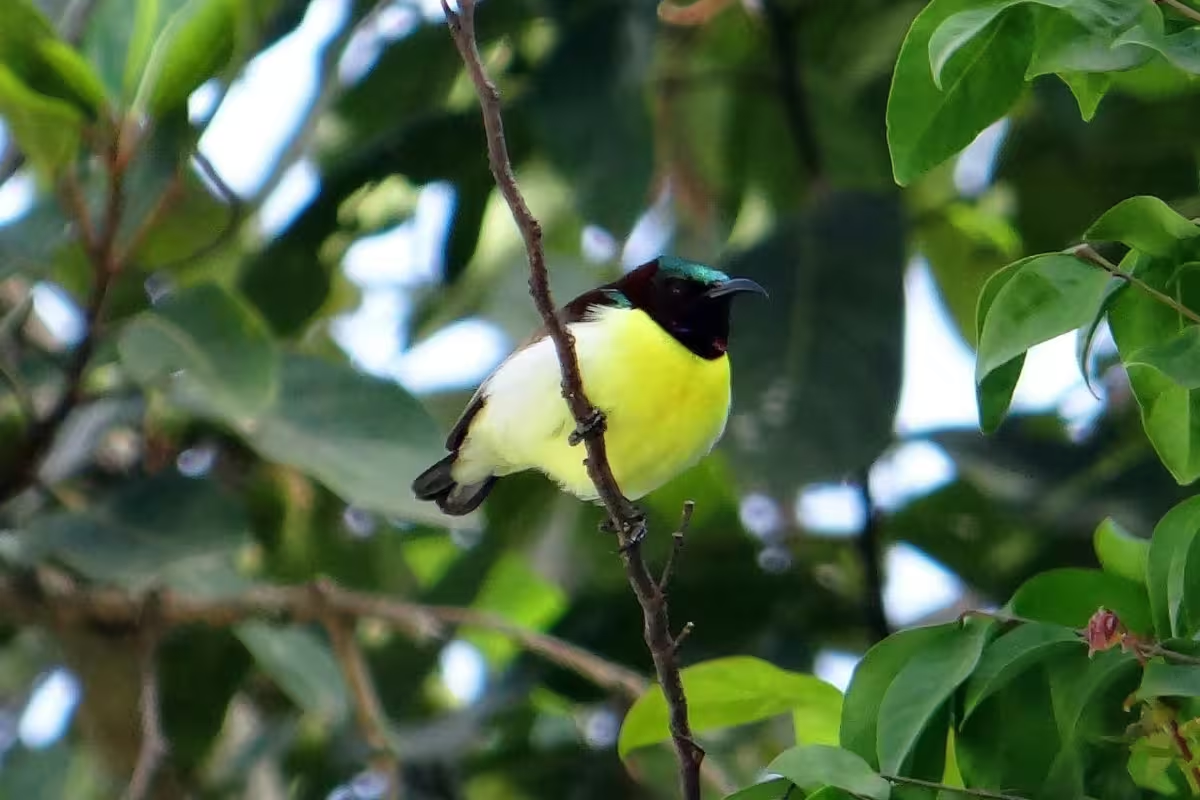
Purple Rumped Sunbird


